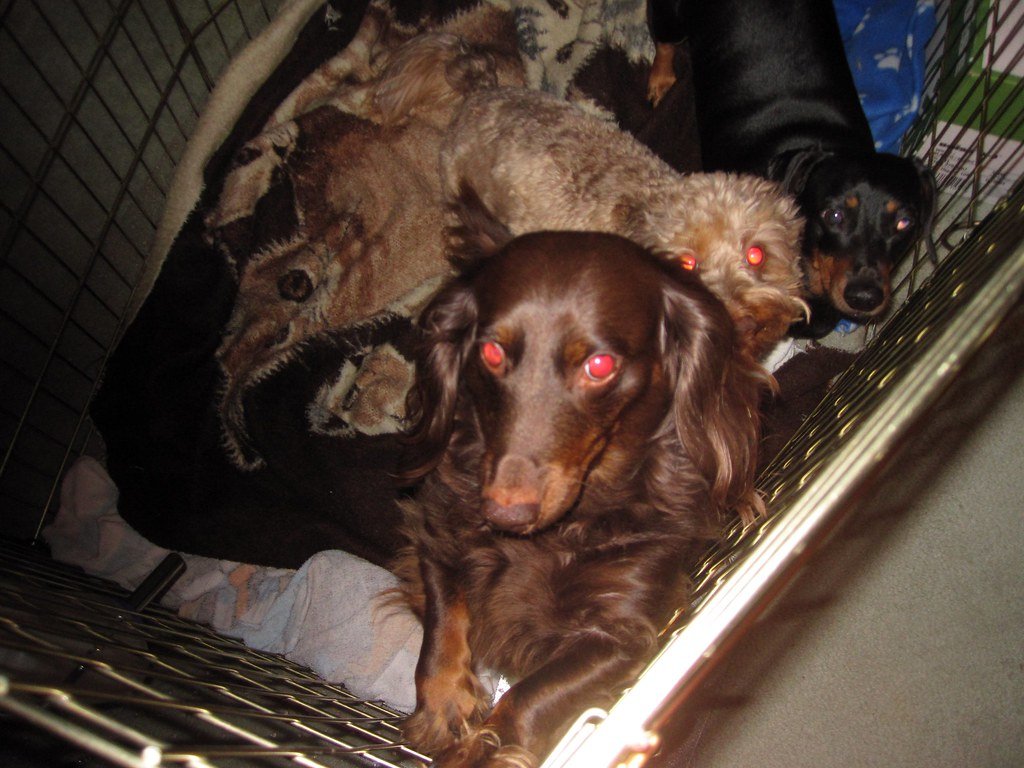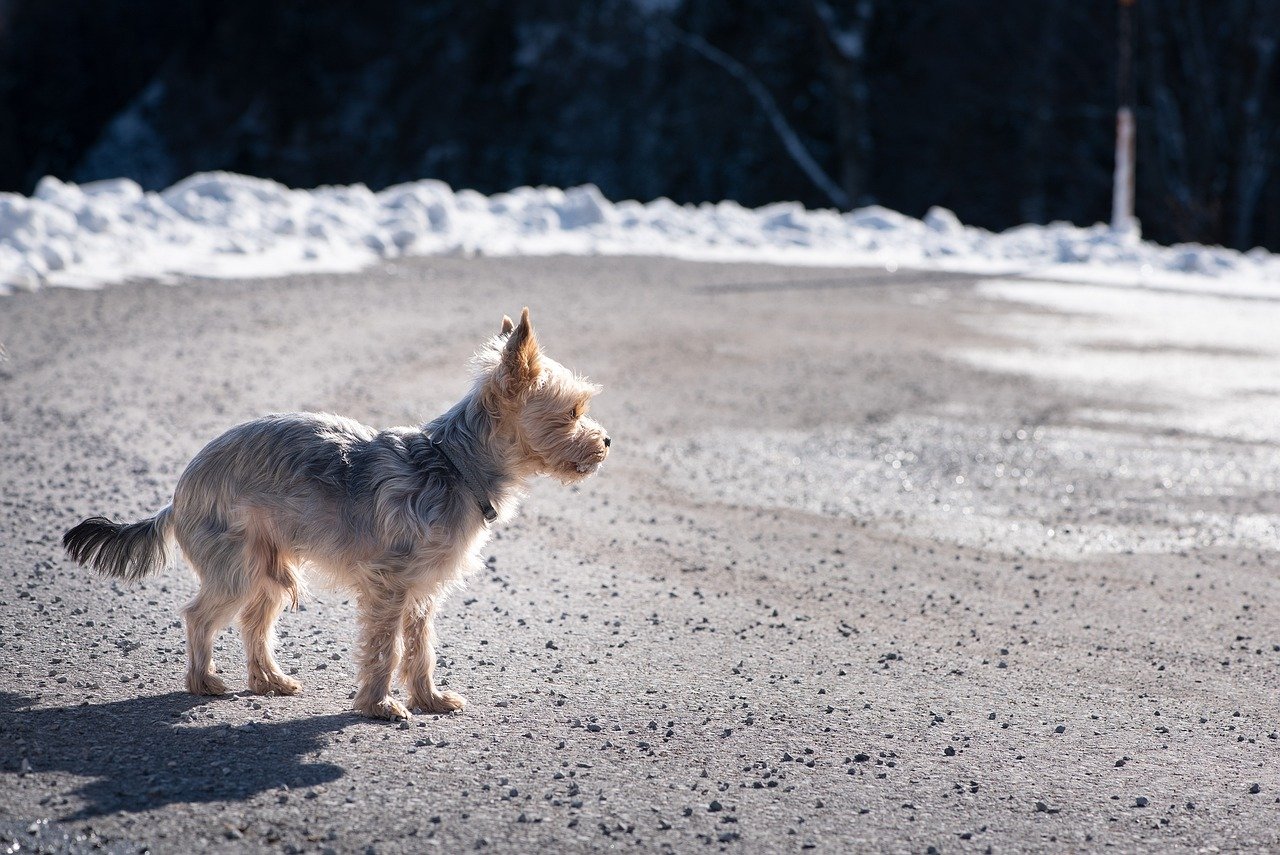If you’ve ever watched your anxious dog pace, whine, or tremble at the sight of a crate, you know the heartbreak—and frustration—that can follow. Crate training a dog with anxiety can feel like tiptoeing on eggshells, balancing hope with worry. But take a deep breath: you’re not alone, and with some patience, warmth, and the right approach, you and your pup can turn that crate into a safe haven. I’ve helped dozens of nervous dogs learn to love their dens, and I promise: with love, it gets better. Let’s walk through eight tried-and-true methods that truly make a difference.
Start Slow and Make the Crate Inviting
Don’t rush the process. Place the crate in a quiet, cozy spot and leave the door open. Scatter a few treats or favorite toys inside, letting your dog explore at their own pace. Think of it more as setting up a cozy nook than a training drill.
Watch for soft, relaxed body language: a wagging tail, gentle sniffing, or even a curious glance inside. If your dog seems nervous, just sit nearby, reading or humming. Your calm presence is the first invitation to trust—the crate isn’t a trap, it’s just another spot in the house.
Pair the Crate With Positive Experiences

Make the crate the go-to place for good things. Feed your dog meals inside or offer high-value chews when they enter. Even short crate stays should always be paired with something delightful. Over time, this builds positive associations, like how we savor our favorite coffee shop.
If your dog hesitates, toss treats just inside the door and praise even the smallest brave step. Celebrate progress, no matter how tiny. The goal isn’t just tolerance—it’s comfort and even anticipation.
Read and Respect Stress Cues

Anxious dogs can be subtle. Watch for lip licking, yawning, paw lifting, or turning their head away. These are gentle signals that your dog feels overwhelmed. If you push too fast, you risk making the crate a scary place forever.
If you notice these cues, pause training and back up a step. Let your dog set the pace. Sometimes, sitting quietly together beside the crate is a victory worth savoring. Your empathy is the best training tool you have.
Use Scent and Comfort Items

Dogs live through their noses. Place a worn t-shirt or blanket with your scent inside the crate. Familiar smells can lower stress and make the crate feel like a piece of home. Some pups even settle better with a piece of their favorite human close by.
Try adding a plush bed or soft towel to make the crate inviting. Avoid anything your dog might chew and swallow, though—safety is always first. I’ve seen anxious pups curl up and nap once they realize it smells just like their favorite cuddle spot.
Short, Calm Sessions Work Best
Keep crate time short at first—sometimes just a few seconds. Let your dog enter, nibble a treat, and come right back out. Gradually increase the time as your dog shows comfort, never forcing the door closed before they’re ready.
If your dog whines or scratches to get out, wait for a moment of calm before opening the door. This teaches them that calmness—not fussing—brings freedom. Think of it as building trust brick by brick.
Stay Consistent With a Gentle Routine

Dogs find comfort in predictability. Use the crate at set times: after walks, during meals, or for quiet naps. A gentle routine teaches your dog that the crate is a normal, safe part of daily life, not a punishment or a mystery.
Try saying a cheerful phrase, like “crate time!” so your dog learns what to expect. Over time, you may see them trot over on their own, tail wagging. Consistency, not force, builds lasting confidence.
Prevent Panic Escapes and Overexposure

Never use the crate for time-outs or punishment—this can undo all your hard work. If your dog panics, don’t force them inside. Instead, lure them with treats and praise, and end sessions on a positive note, before stress escalates.
If you need to leave the house, practice short absences first. Leave for just a minute or two, then gradually work up. This helps prevent separation anxiety and teaches your dog that you’ll always come back.
Seek Help When Needed—You’re Not Alone

Some dogs have deep-seated fears that need extra support. If your dog shows unsafe behavior—like frantic escape attempts, drooling, or self-injury—reach out to a veterinarian or certified trainer who understands anxiety.
They might suggest calming products, pheromone diffusers, or even short-term medications. There’s no shame in needing help; sometimes, just having someone in your corner makes all the difference. Remember, every dog’s journey is unique, and your compassion is their greatest comfort.

Andrew Alpin from India is the Brand Manager of Doggo digest. Andrew is an experienced content specialist and social media manager with a passion for writing. His forte includes health and wellness, Travel, Animals, and Nature. A nature nomad, Andrew is obsessed with mountains and loves high-altitude trekking. He has been on several Himalayan treks in India including the Everest Base Camp in Nepal.





